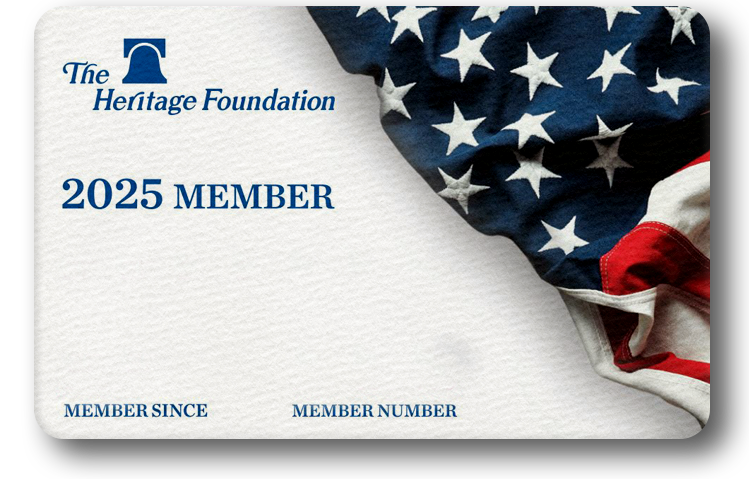Earlier this month, the United States announced a 27 percent tariff on Indian goods as part of a broader reciprocal trade policy. The move has obviously drawn close attention in New Delhi. And despite seeming a challenge, it may hide a rare opportunity. If India leans into policy boldness, the tariffs could act not as a brake on Indian ambition—but a powerful accelerant for structural reform and global competitiveness.
India has long used tariffs to protect its domestic industries. At 17.1 percent, India's average applied tariff rate remains among the highest in the world. Key sectors from automobiles to electronics to agriculture have long benefited from these protectionist measures and often at the expense of scale and global integration. A moment of external pressure could provide just the jolt needed to course-correct.
A Strategic Opening in the China +1 Landscape
Once implemented, the new tariff regime announced by the United States can reshuffle the competitive landscape across Asia. While India faces an average tariff of 27% on exports to the U.S., other competitors face even higher tariffs: China now contends with 34%, Vietnam 46%, Bangladesh 37%, and Thailand 36%.
| Country | Average Tariff (%) |
| Vietnam | 46.0 |
| Thailand | 36.0 |
| Bangladesh | 37.0 |
| China | 34.0 |
| India | 27.0 |
Assuming these tariff rates hold, this presents New Delhi with a significant opportunity. As U.S. companies look to diversify their supply chains and reduce dependence on China, traditional “China Plus-One” destinations like Vietnam and Thailand now face even steeper tariff barriers. India suddenly finds itself with a unique advantage in scale, capability, and now—relative tariff attractiveness.
>>> What Made America Great in the Gilded Age
Many sectors such as textiles, pharmaceuticals, auto components, and precision engineering, where China and Southeast Asian economies previously held the edge, are now fair game. Tariff parity hasn’t just leveled the playing field. It’s tipped it in India’s favor.
An Opportunity to Reform and Rationalize Tariff Structures
India’s tariff structure was historically designed to protect infant industries but many of those sectors have since matured and are ready to compete globally. Reducing tariffs now could unlock competitiveness by lowering input costs for domestic manufacturers, incentivizing scale and innovation in export-driven sectors, and creating room for deeper bilateral negotiations. And we are already seeing some movement in this direction. Since Trump 2.0, India has quietly but swiftly removed or reduced tariffs in areas like electronic components, industrial inputs, electric vehicles, and more.
| Sector/Item | Previous Tariff (%) | Revised Tariff (%) | Change Type | Notes |
| EV Battery Production Items | 10-20% (varied) | 0% | Exemption | 35 Items Exempted to boost local EV battery manufacturing (Mar. 2025) |
| Mobile Phone Components | 10-15% (varied) | 0% | Exemption | 28 items exempted for local electronics production (Mar. 2025) |
| Motorcycles <1600cc | 50% | 40% | Reduction | Aimed at high-end two-wheelers and luxury imports |
| Motorcycles >1600cc | 50% | 30% | Reduction | Part of broader luxury auto policy changes |
| Solar Cells & Modules | 40% | 20% | Reduction | Promote solar manufacturing and renewable energy sector |
A broad-based tariff reform like the GST rollout under Modi 1.0 or the production-linked incentive schemes of Modi 2.0 could become a defining economic milestone of Modi 3.0. Rather than viewing the latest U.S. tariffs as a setback, India can treat this moment as a strategic opening: a chance to revisit its tariff logic, accelerate long-needed reforms, and assert itself as a truly global manufacturing hub.
Global Operations, Indian Origins
Another under-discussed advantage lies in the globalization of Indian conglomerates. Companies like JSW and Epsilon are no longer just exporters; they have become investors, manufacturers, and employers on U.S. soil. This evolution cushions the impact of tariffs by anchoring operations within the U.S. market, while simultaneously strengthening India’s image as a mature, globally integrated economic partner. Far from conflicting with the "Make in India" vision, these moves represent its extension: “Innovate in India, Operate Globally.”
A New Chance at a U.S.–India Trade Architecture
U.S. tariffs may finally create the political urgency needed to revive discussions around a comprehensive U.S.–India trade agreement. The elusive India-U.S. trade deal has been a relationship goal since the first Trump administration. However, it has repeatedly stalled over disagreements on agriculture, e-commerce, digital services, and pharmaceutical pricing.
>>> America Needs Taiwan To Win the Semiconductor Race
We are already seeing action again early in the second Trump administration. In late March 2025, Assistant U.S. Trade Representative for South and Central Asia, Brendan Lynch, led a delegation to New Delhi for a series of discussions with Indian officials. This engagement followed a visit earlier in March by India's Commerce and Industry Minister, Piyush Goyal, to Washington, D.C., where he met with U.S. Trade Representative Jamieson Greer and Commerce Secretary Howard Lutnick.
The urgency of these negotiations has been amplified by President Trump’s decision to impose a 27% tariff on Indian goods. India’s response thus far has been to continue pursuing a bilateral trade agreement, viewing it as an opportunity to address mutual concerns and expand market access.
The Catalyst We Didn’t Ask For—But Might Need
India has long aspired to be recognized as a global manufacturing and innovation leader. That moment is now within reach and it calls for bold policy choices. Rather than a setback, the current tariff landscape could serve as a springboard to modernize India’s trade architecture, solidify its role in regional supply chains, and deepen its strategic and economic partnership with the United States. With the right response, India can turn disruption into direction—and momentum into lasting global influence.
This piece originally appeared in RealClear World



